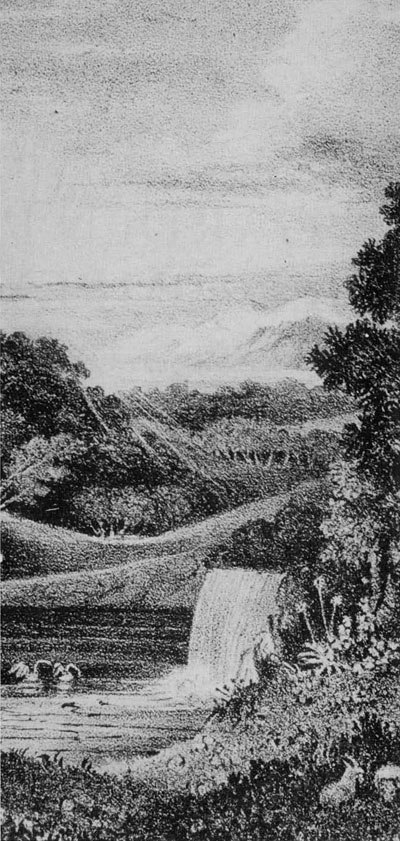 In the past few years, the results of over two decades of research in the new discipline of landscape archaeology have begun to reach the public through work covering a world-wide geographical range and a span of centuries, from the prehistoric to relatively recent times. This research on landscape has been marked by a broadening of focus, from artifacts and architecture to the larger realm of human activity and creation. Although used loosely today, landscape is a term that connotes land shaped by human use, whether for utilitarian or ornamental purposes or, more commonly, a complex fusion of both. The interaction of people and land is the subject of this special issue of Expedition, which examines those particularly unnatural landscapes: garden and field.
In the past few years, the results of over two decades of research in the new discipline of landscape archaeology have begun to reach the public through work covering a world-wide geographical range and a span of centuries, from the prehistoric to relatively recent times. This research on landscape has been marked by a broadening of focus, from artifacts and architecture to the larger realm of human activity and creation. Although used loosely today, landscape is a term that connotes land shaped by human use, whether for utilitarian or ornamental purposes or, more commonly, a complex fusion of both. The interaction of people and land is the subject of this special issue of Expedition, which examines those particularly unnatural landscapes: garden and field.
Landscape archaeologists rarely have the opportunity to learn what specialists in other disciplines are doing. A symposium on “The Archaeology of Garden and Field,” organized by Naomi F. Miller and myself for the Society of American Archaeology Annual Meetings in March 1988, brought together archaeologists, geographers, anthropologists, paleobotanists, and landscape architects. They presented papers on such diverse topics as Roman fields of southern England (Steven Ford, Mark Bowden, Vince Gaffney, and Geoffrey Mees), Caribbean slave gardens (Lydia Pulsipher), and the gardens at historic Morven in New Jersey (Anne Yentsch); these papers are included in this issue. Clark Erickson’s paper on the re-creation of Andean field systems, also presented at the symposium, was published in a previous Expedition (Vol. 30, No. 3).
Additional articles were solicited to add further to the diversity of topics presented here. The articles on the great public park of Pompey the Great in ancient Rome (Kathryn Gleason) and North American Indian gardening practices (Gail Wagner) explore vastly different ideas about shaping the land for human purposes. Finally, Naomi Miller’s survey of the Near East in the eyes of the Victorian traveler looks at differing views of the same landscape over time.
Thus the topics are as cross-disciplinary as the field of landscape archaeology itself, and the authors bring a range of skills and approaches to the study of past landscapes. As an anonymous medieval Latinist put it:
Flos Unus Non Hortus Facit
(One flower does not make a garden)
